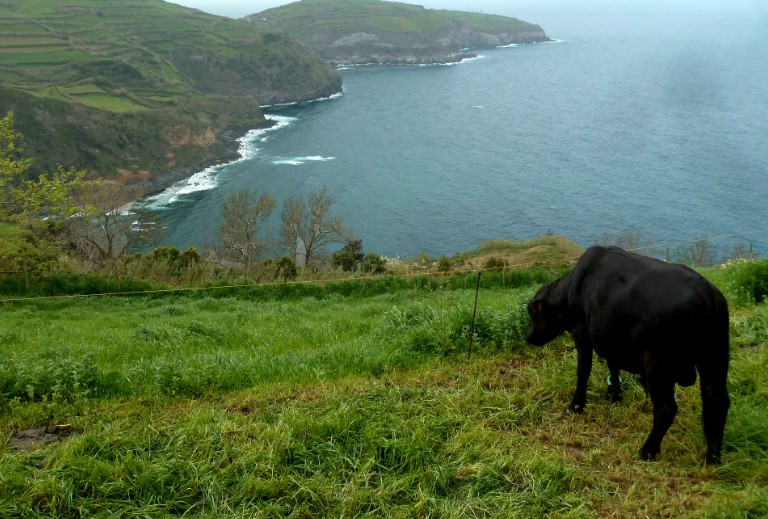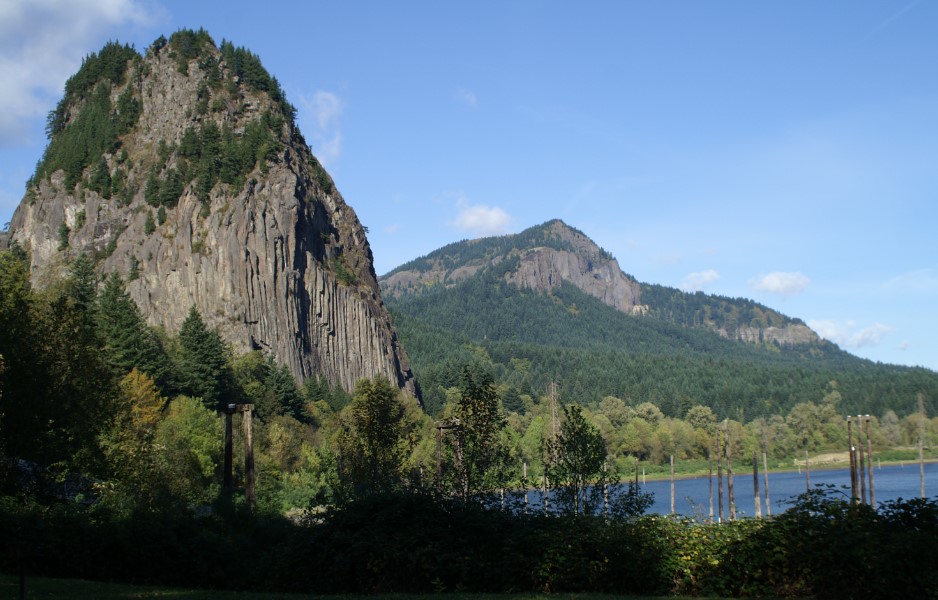The Azores—The Green Islands: Nine Portuguese islands offer some of the most offbeat travel experiences in Europe. There are conspiracy theorists who believe that the remote Azores are the only remnants of Atlantis. Hundreds of years ago, these islands were considered to be the end of the earth. They marked the outer limits of the European sphere of influence, beyond which ships were not permitted to sail. In today’s world, they are still an archipelago of verdant, deserted islands that seem more in tune with Boston than Lisbon.
The cluster of islands is where the winds from the Atlantic meet, and visitors from the city can take refuge on the often foggy volcanic islands inhabited by 245,000 hardy souls. From Santa Maria’s southeastern tip to Corvo’s northwestern extremity, the autonomous archipelago stretches over 805 kilometers. Located approximately 1,223km from Portugal and 3,396km from New York, the Azores are the most isolated island group in the Atlantic.
Diogo de Silves, a captain of Henry the Navigator, called the Azores after the hook-beaked açor, which was likened to a hawk and an eagle that floated on air currents, when they were found to be uninhabited. The date is 1427 (give or take a few years). As soon as settlements appeared, they sprang up everywhere. The central Azores also had Flemish immigrants, and their influence is still evident in the names of places and families today.
As time progressed, it was discovered that the entire island group consisted of three distinct archipelagos. Its eastern section includes Santa Maria and So Miguel; the central section contains Terceira (a bullfighting scene) and cigar-shaped So Jorge (Raul Brando’s dusty dream island). As well as Pico (with cloud-covered mountains, vineyards, and a volcanic landscape very different from Faial), as well as Caldeira (vulnerable to earthquakes). In addition, there is a famous marina in Flores (flowers), where vegetation runs riot in a setting of lakes, waterfalls, and valleys; and Corvo (the smallest member in which everyone knows everyone else and visiting is an occasion).
It is likely that the unknown writer who once described the Azores as “gray” was colorblind. Azaleas, camellias, heather, agapanthus, and rhododendrons thrive in the volcanic soil, giving the archipelago its vibrant colors.
The climate is moderate all year round, with typical summer temperatures of 75°F (24°C) and winter temperatures of about 58°F (14°C), notwithstanding the occasional strong storms that befall these magical isles. Despite being isolated, these rugged islanders are hospitable to strangers despite enduring the elements of nature daily.
Our group was stopped by a boy riding a mule as we returned from a walk in the So Miguel Hills. As he bid us boa tarde, the boy smiled under a straw hat while slinging a hoe over his shoulder. His sweatshirt said YALE across the front. He seemed to have attended Yale with his uncle. Is he familiar to you? he asked. “He now lives in Boston.”
There are many people on the island who have relatives in the United States. During the whaling era of New Bedford, Massachusetts (famous for Moby-Dick), many settled there, working as sailors, fishermen, whalers, and caulkers. There were others who settled in Newark as well. After earning their fortunes across the sea, however, many immigrants returned to the Azores.











